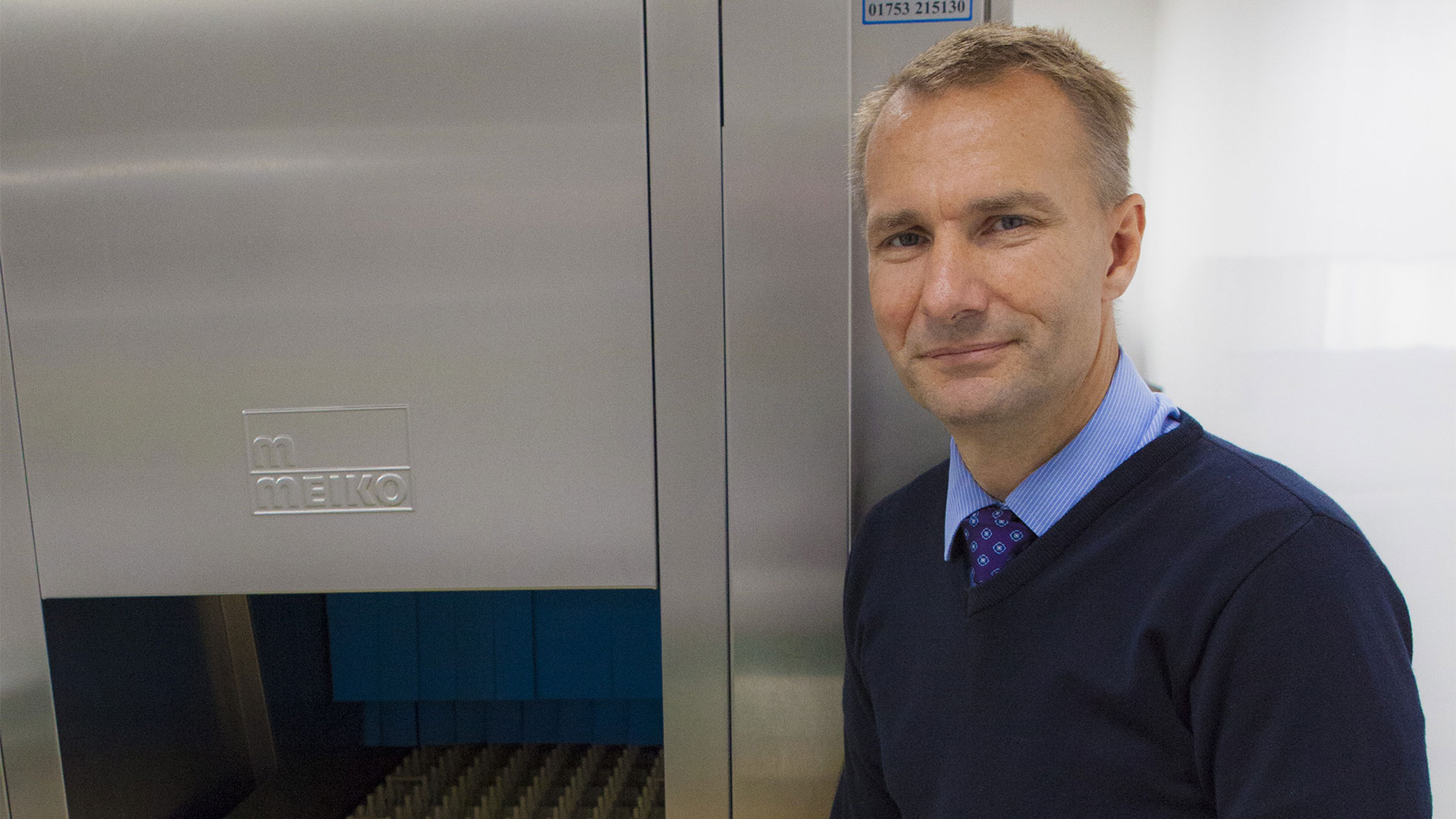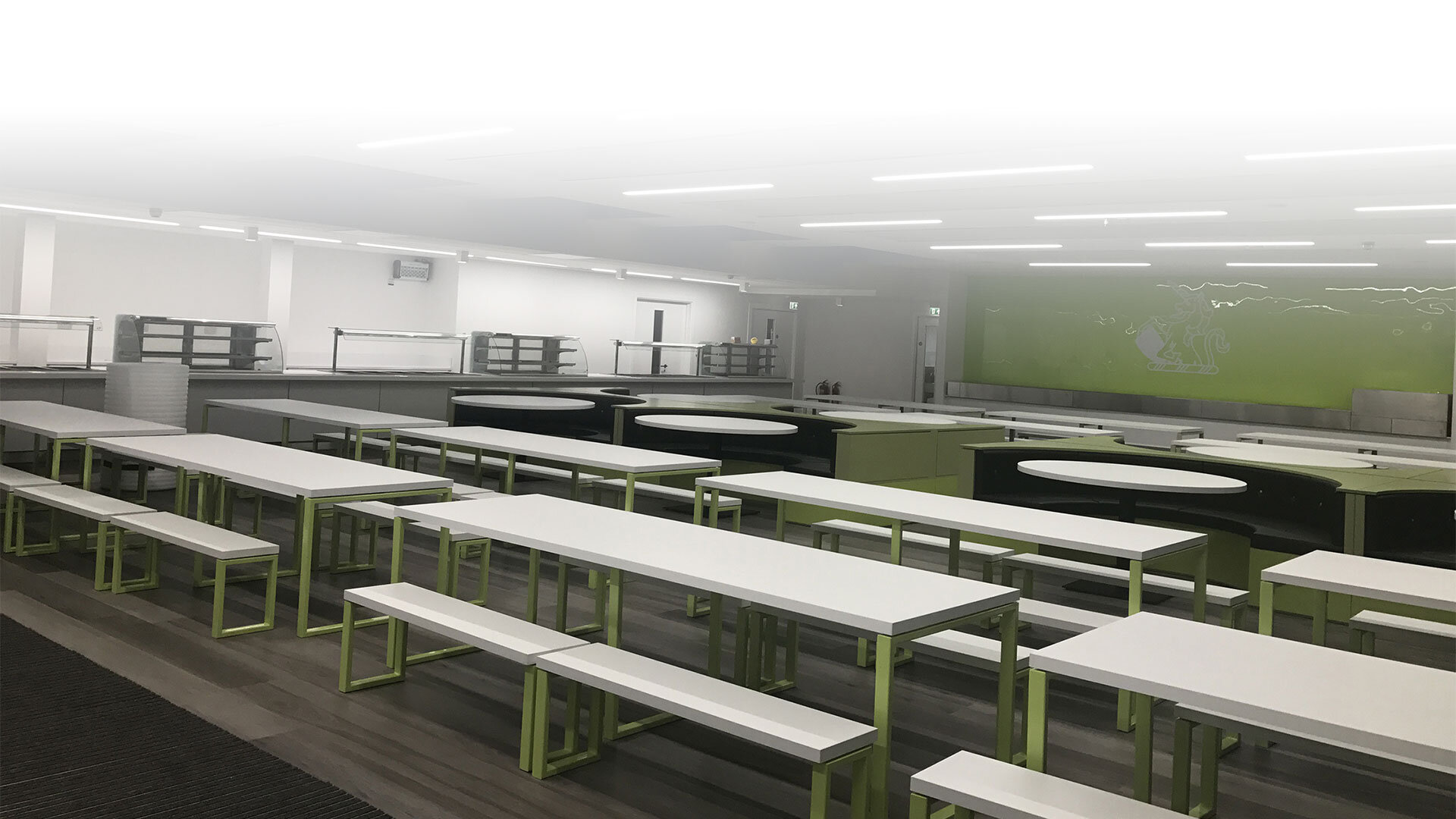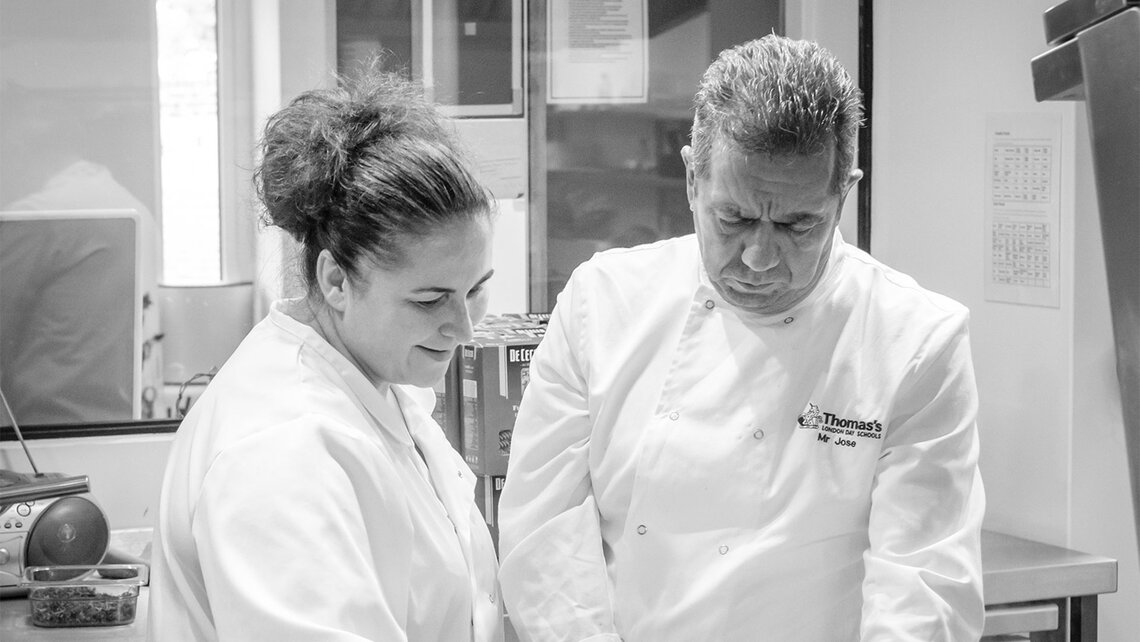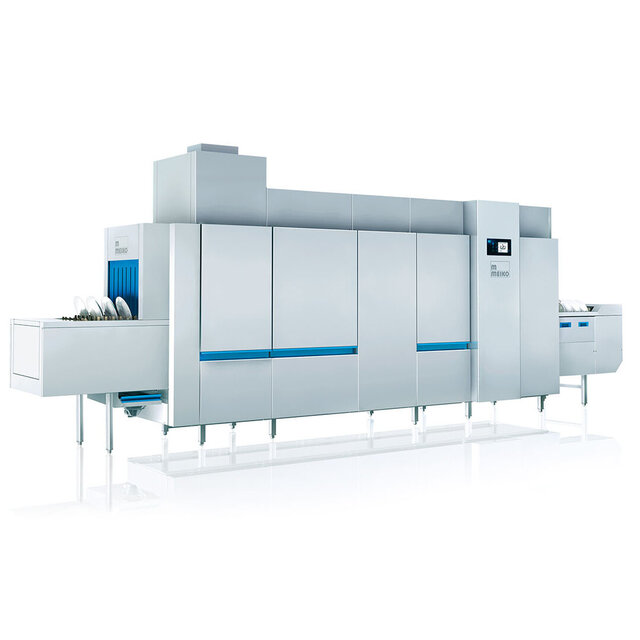“We wanted the best-possible environmental solution for our needs,” says Thomas’s School Battersea General Catering Manager Mark Newman.
Thomas’s provides lunch for 560 boys and girls aged four-13 years old, plus 120 staff and the food waste system processes the left-overs when trays are returned. “Children especially are very environmentally aware and the environmental credentials of the WasteStar system has ticked all the right boxes and put us ahead of the game and ensured compliance with legislation in the future.”
The new dishwash and WasteStar food waste handling system are manufactured by MEIKO and were specified by commercial kitchen specialist Court Catering Equipment.
“We wanted to get the food waste handling aspect ‘right’ and not to have to replace it in two or three years’ time, when and if legislation changed. At some point soon, the government will stop the use of waste disposal equipment in the commercial kitchen. We are making sure that we are doing the right thing by the environment.”
In a simple operation that is part of a new dishwashing system, the food waste is scrapped off plates as they are loaded into the large dishwasher belt.

Instead of going to landfill or being pumped down the drains via a waste disposal unit, Thomas’s food waste is now chopped into tiny pieces and pumped into a sealed storage tank, to await collection by tanker.
Collection of food waste has been cut from several times per week to a maximum of twice a term.
As well as creating a sustainable solution by cutting the road miles of its collection service, Thomas’s has also slashed its consumption of dishwashing detergent and chemicals with the new dishwash system that works alongside the vacuum waste system, using “around half as much detergent and rinse aid as the previous machine,” according to Mark Newman.
*Without processing organic matter or food waste by anaerobic digestion (AD), the waste will end up in landfill creating significant levels of environmentally-damaging methane that is released into the atmosphere. Although methane is still created by breaking down organic waste at an AD plant, the methane gases are captured and utilized as a biogas to create energy, rather than polluting the atmosphere.





